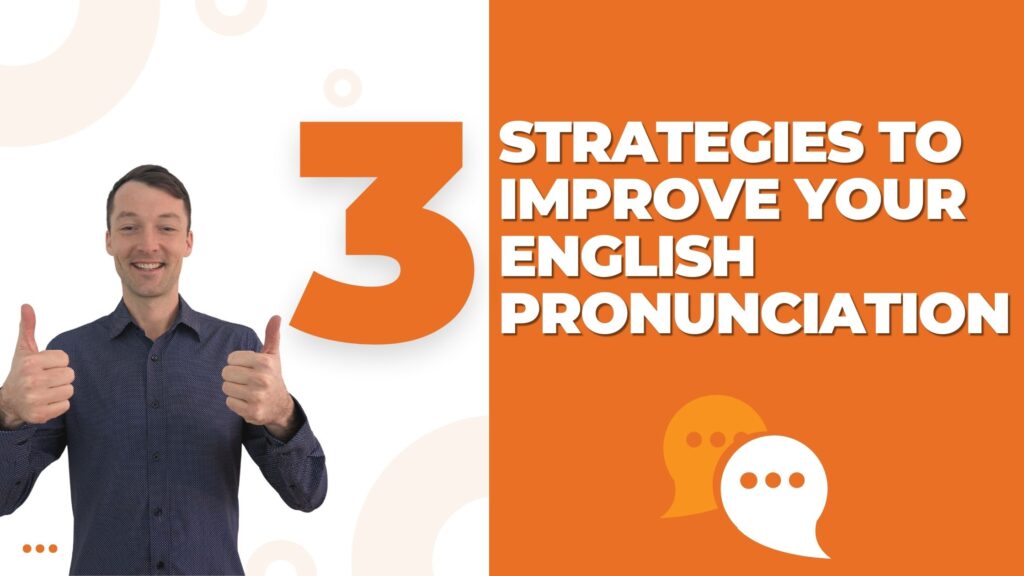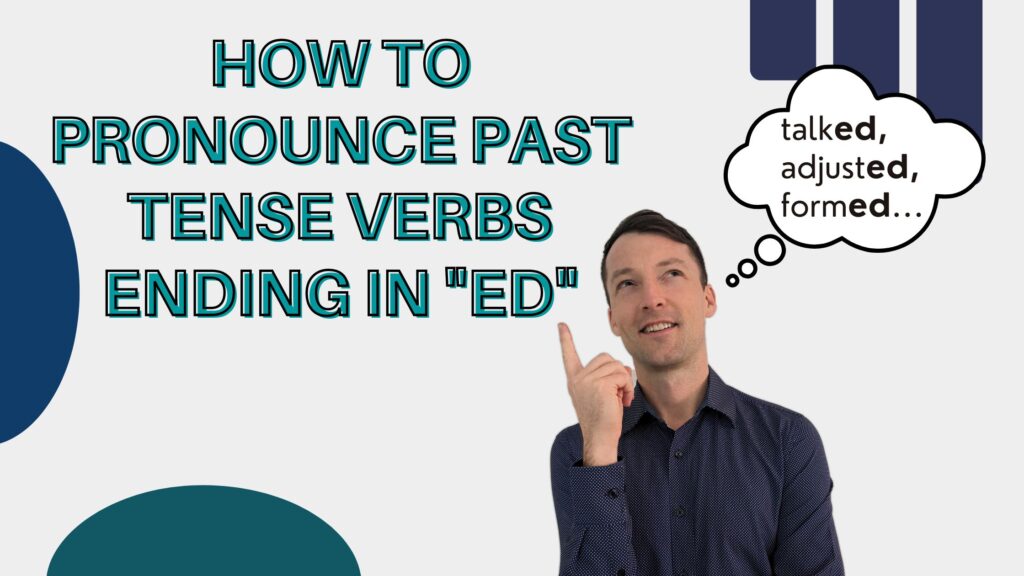Embedded questions are questions inside a statement or another question. They are not direct questions. They can be confusing because the word order is different than in direct questions. In this posting I show you how to form and use embedded questions. I will show you many example sentences. In addition, I talk about why we use embedded questions. The download at the end will give you additional practice using embedded questions.
Embedded questions follow the normal subject-verb order. A direct questions inverts the subject and verb with the be verb (wh + verb + subject–Why is he sad? For present continuous–wh + am/are/is + subject + ing form of the verb–Where is he going?) For all other verbs, we ask a direct question with the familiar pattern wh + do/does/did + subject + base form of the verb–Where does he live? An embedded question is different, however. Here is an example of an embedded question: Do you know where he lives? Do you know is one question. Where he lives is another question. When we put them together, we have a question inside of another question–an embedded question. Note that the word order in the embedded question is the simple subject-verb order. We never say, “Do you know where does he live?”
Embedded questions within statements
Embedded questions within statements use the following pattern: introductory phrase + question word + embedded question (subject + verb). Some common introductory phrases are as follows:
I wonder, I asked, I want to know, I don’t know, I’m not sure, The question is, Let’s ask
These phrases are followed by the following question words: who, what, when, where, why, how, if, whether (or not)
Look at the following examples. You will see the introductory phrase plus a direct question. Then you will see them put together as a statement with and embedded question.
- I wonder + Is he sick today? = I wonder if he is sick today.

- She asked + Could she have a ride? = She asked if she could have a ride.

- My friend wants to know + How much did you pay for your car? + My friend wants to know how much you paid for your car.

- I’m not sure + Why did he lie to me? = I’m not sure why he lied to me.

- The question is + Should be change our plans? = The question is whether (or not) we should change our plans.

- Let’s ask + Do they like hot dogs? = Let’s ask if they like hot dogs.

- I wonder + When is he leaving? = I wonder when he is leaving.

- She doesn’t know + What does he want? = She doesn’t know what he wants.

- I want to know + What did he say? = I want to know what he said.

Note that all statements that contain an embedded question end with a period (.), not a question mark (?). This is because they are not really questions. They are statements. The embedded question is actually the direct object of the sentence. If I say, “I wonder if he is sick today, ” if he is sick today tells what I wonder.
Embedded questions within another question
Embedded questions inside another question follow the same pattern you have just learned : introductory phrase + question word + embedded question (subject + verb). Here are some common introductory phrases for questions containing another embedded question:
Do you know, Who knows, Do you think, Do you remember, Could you tell me, Would you mind telling me
In the following examples you will see the introductory phrase followed by a direct question. Then you will see them put together as a question with an embedded question.
- Do you know + Where does he live? = Do you know where he lives?

- Who knows + What time is it? = Who knows what time it is?

- Does he think + Will the Rockies win? = Does he think the Rockies will win?

- Do they remember + When is the appointment? = Do they remember when the appointment is?

- Could you tell me + Who is the boss? = Could you tell me who the boss is?

- Would you mind telling me + How do you put this together? = Would you mind telling me how to put this together?

- Does he know + Can we smoke here? = Does he know if we can smoke here?

- Do you think + Will she be late? = Do you know whether (or not) she will be late?

Note that question sentences containing embedded questions end with a question mark (?). This is because they are actual questions.
When do we use embedded questions?
We use embedded questions for several reasons.
- To be more polite— A direct question might be, ” What time is it?” It is acceptable to ask this as a direct question, but is it a little more polite to day, “Could you please tell me what time it is?”

- To give more information–We can say, “Will she call me?” That is a neutral question. If we say, “I wonder if she will call me,”
 we are expressing curiosity about whether or not she will call. Here is another example” Where is my bag?” This expresses lack of knowledge about the location of my bag. However, if I say, ” I don’t know where my bag is, ” we are expressing a lack of knowledge, and a desire to find my bag.
we are expressing curiosity about whether or not she will call. Here is another example” Where is my bag?” This expresses lack of knowledge about the location of my bag. However, if I say, ” I don’t know where my bag is, ” we are expressing a lack of knowledge, and a desire to find my bag. - To express reported speech–When we are reporting what someone else says to you, we often use embedded questions. Where do you want to go? is a direct question. To report this to someone else, we say, “He asked me where I wanted to go.”

You now know that embedded questions can be found in statements or in other questions. Embedded questions do not use the normal question word order. Instead, the use the subject-verb word order. The follow the patterns of introductory phrase + question word + embedded question (subject + verb). Embedded questions within a statement end with a period. Within another question, they end with a question mark. We use embedded questions to be more polite, to give more information, or to report speech. The download will give you additional practice using embedded questions.
Idioms of the day
- in the long run–This means in the end. You should do all the required maintenance on your new car. In the long run, it will work better and last longer.

- leave well enough alone–This means that you should not change something if it is working well and does not have any problems. My car was running well, but I decided to make the engine more like a race car. I didn’t know what I was doing, and now my car has problems. I should have left well enough alone.





